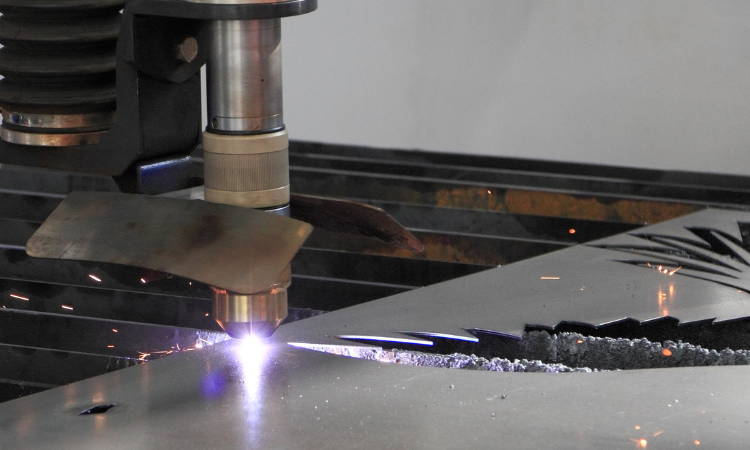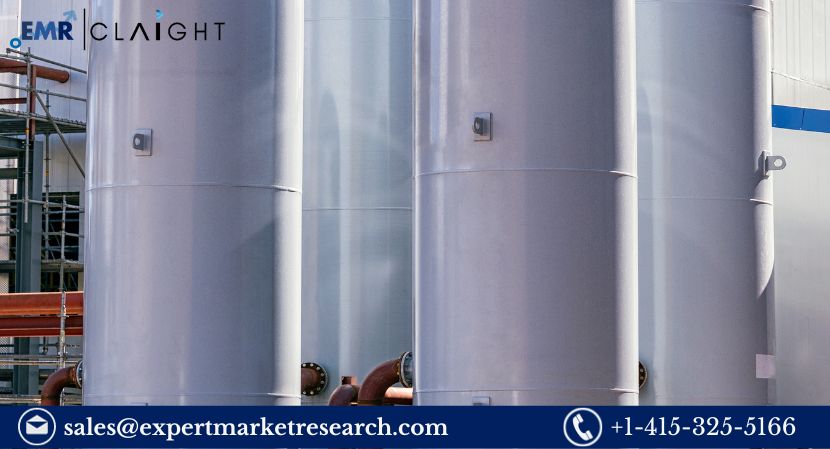The aerospace industry is one of the most technologically advanced and demanding sectors in manufacturing. Precision, quality, and innovation are paramount when producing components for aircraft and spacecraft. Among the various cutting methods, laser cutting has emerged as a vital technology in aerospace manufacturing due to its accuracy, versatility, and efficiency. In this article, we’ll explore the crucial role of laser cutting in the aerospace industry. Axestatus in uk provides latest machinery like fiber laser cutting and more for all aerospace and other industries
-
Precision and Accuracy
Laser cutting is known for its exceptional precision and accuracy. In aerospace, even the tiniest deviation in component dimensions can have catastrophic consequences. Laser cutting machines can create intricate and complex shapes with micron-level precision, ensuring that components fit perfectly and perform as intended.
-
Versatility
Aerospace manufacturers work with a wide range of materials, from lightweight aluminum and composites to tough titanium and high-strength steel. Laser cutting machines can handle these diverse materials with ease. By adjusting the laser parameters, such as power and speed, aerospace engineers can cut through various materials without the need for tool changes, making the manufacturing process more efficient.
-
Reduced Material Waste
Aerospace materials are often expensive, and minimizing waste is crucial to cost control. Laser cutting is a non-contact process, which means there’s no tool wear or material deformation. This results in minimal material waste, reducing production costs and environmental impact.
-
Complex Geometry
Aircraft and spacecraft components are known for their intricate designs and complex geometries. Laser cutting excels at cutting these complex shapes with precision. This capability allows aerospace manufacturers to design innovative, lightweight components that improve fuel efficiency and reduce overall weight.
-
Speed and Efficiency
The aerospace industry demands high production rates to meet global demand. Laser cutting machines operate at high speeds, making them efficient for cutting multiple parts in a short amount of time. Additionally, the lack of physical tool changes further reduces downtime.
-
Minimal Heat-Affected Zone (HAZ)
One of the advantages of laser cutting is the minimal heat-affected zone. Unlike traditional cutting methods like plasma or waterjet cutting, lasers produce a narrow kerf and generate less heat. This is crucial for aerospace materials like titanium, which can lose their strength if subjected to excessive heat.
-
Clean and Burr-Free Cuts
Laser cutting produces clean, burr-free edges, which is essential in aerospace manufacturing. Burrs or rough edges can compromise the integrity of components and lead to stress concentrations, potentially causing structural failure.
-
Prototyping and Rapid Design Changes
The aerospace industry frequently requires rapid prototyping and design iterations. Laser cutting facilitates quick turnaround times for producing prototypes and making design changes. This flexibility is invaluable for innovation and meeting tight project timelines.
-
Cost-Effective for Small Production Runs
In addition to high-volume production, laser cutting is cost-effective for small runs and custom components. This is particularly beneficial for the aerospace industry, where each aircraft or spacecraft may have unique design requirements.
Conclusion
Laser cutting has revolutionized the aerospace industry by offering precision, versatility, and efficiency in component manufacturing. From complex shapes to a wide range of materials, it plays a pivotal role in producing safe, efficient, and high-performance aerospace components. As technology continues to advance, laser cutting will remain at the forefront of aerospace manufacturing, enabling the industry to meet the growing demands for innovation and safety.







